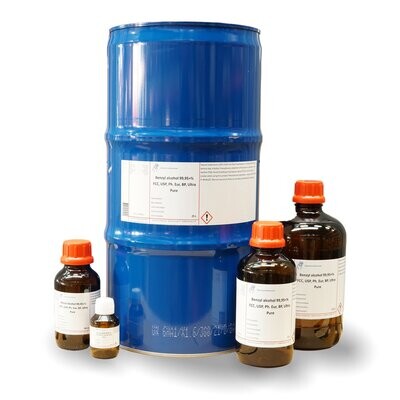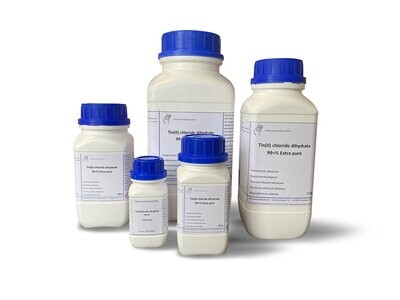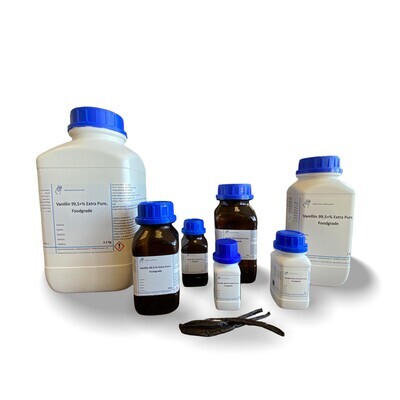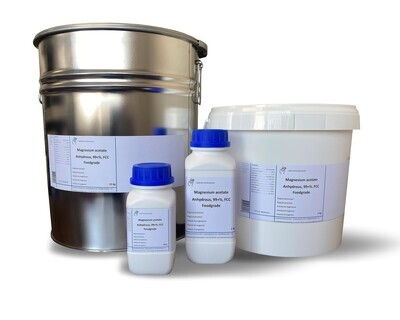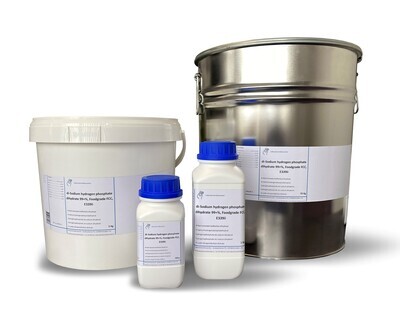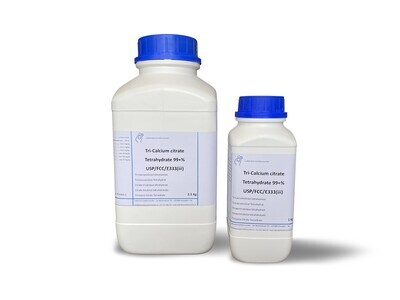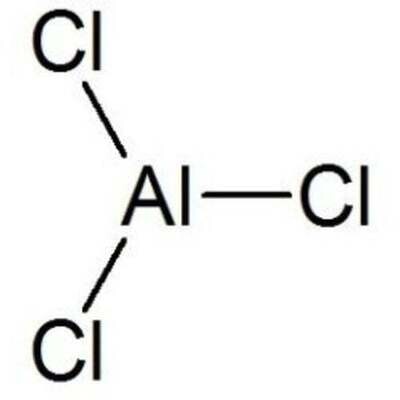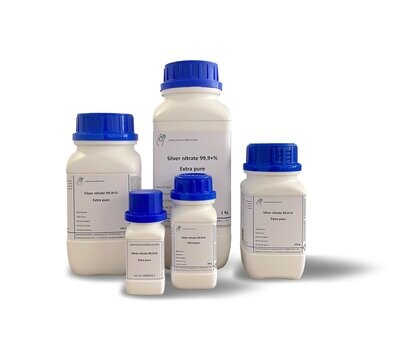Verzending 24–48 u • Levering in de hele EU • Veilige chemieverpakking
Lithium tungstate powder 99.9% 100 g
SKU 004853-2
€ 176,72
In stock
1
Save this product for later
Lithium tungstate powder 99.9% 100 g
Product Details
CAS number: 13568-45-1
Chemical formulas: Li2WO4/ F.W. 261.72/ powder
Cation: Li
Packaging: 100 g
EAN: 8721028233943
Brand: Laboratoriumdiscounter
Lithium tungstate powder is a highly sought-after material in various industries due to its unique properties. With excellent thermal stability and high melting point, it is widely used in energy storage devices, such as lithium-ion batteries. Additionally, its exceptional optical properties make it a valuable component in the production of phosphors and scintillators for radiation detection. This versatile powder is also utilized in catalysts, ceramics, and other advanced materials, making it an essential ingredient for cutting-edge technologies.
When working with Lithium tungstate powder, it is important to follow certain safety instructions to minimize the risk of accidents or exposure to harmful substances. Here are some short safety instructions to consider: 1. Personal Protective Equipment (PPE): Always wear appropriate PPE, including safety goggles, gloves, and a lab coat or protective clothing, to protect yourself from potential hazards. 2. Ventilation: Work in a well-ventilated area or use a fume hood to prevent the inhalation of dust or fumes generated during handling or processing of the powder. 3. Handling: Avoid direct contact with the powder. Use tools such as scoops or spatulas to handle the powder and minimize skin contact. 4. Storage: Store Lithium tungstate powder in a cool, dry, and well-ventilated area away from incompatible materials. Follow proper labeling and storage guidelines to prevent accidental mixing or contamination. 5. Fire safety: Lithium tungstate powder is not flammable, but it may release toxic fumes when exposed to high temperatures. Keep it away from open flames or ignition sources. 6. Spills and cleanup: In case of spills, carefully clean up the powder using appropriate methods, such as vacuuming or damp wiping. Avoid creating dust or spreading the powder further. 7. Disposal: Dispose of Lithium tungstate powder according to local regulations and guidelines. Do not dispose of it in regular trash or down the drain. 8. Training: Ensure that all personnel working with Lithium tungstate powder are properly trained on its safe handling, storage, and disposal procedures. Remember, these are general safety instructions, and it is essential to consult the specific safety data sheet (SDS) and follow any additional guidelines provided by the manufacturer or regulatory authorities.
Please note, not all safety data for this product is available on our website, for a complete list of P en H sentences and other safety instructions please request the MSDS at our customer service
You May Also Like
End user declaration required
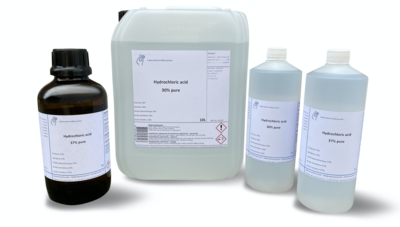
Hydrochloric acid 10 Liter 37% puur
Hydrochloric acid 10 Liter 37% puur
Only for registered companies
SKU Z0340.3
€ 110,21
End user declaration required
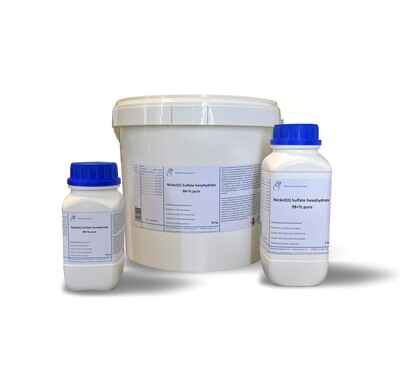
Nickel (II) sulfate 98 +% pure 10 Kilogram
Nickel (II) sulfate 98 +% pure 10 Kilogram
Only for registered companies
SKU NIS7834.3
€ 252,21
End user declaration required

Strontium Nitrate 99.8 +% pure 500 gram
Strontium Nitrate 99.8 +% pure 500 gram
Only for registered companies
SKU SRNO334.2
€ 18,27
Display prices in:EUR

